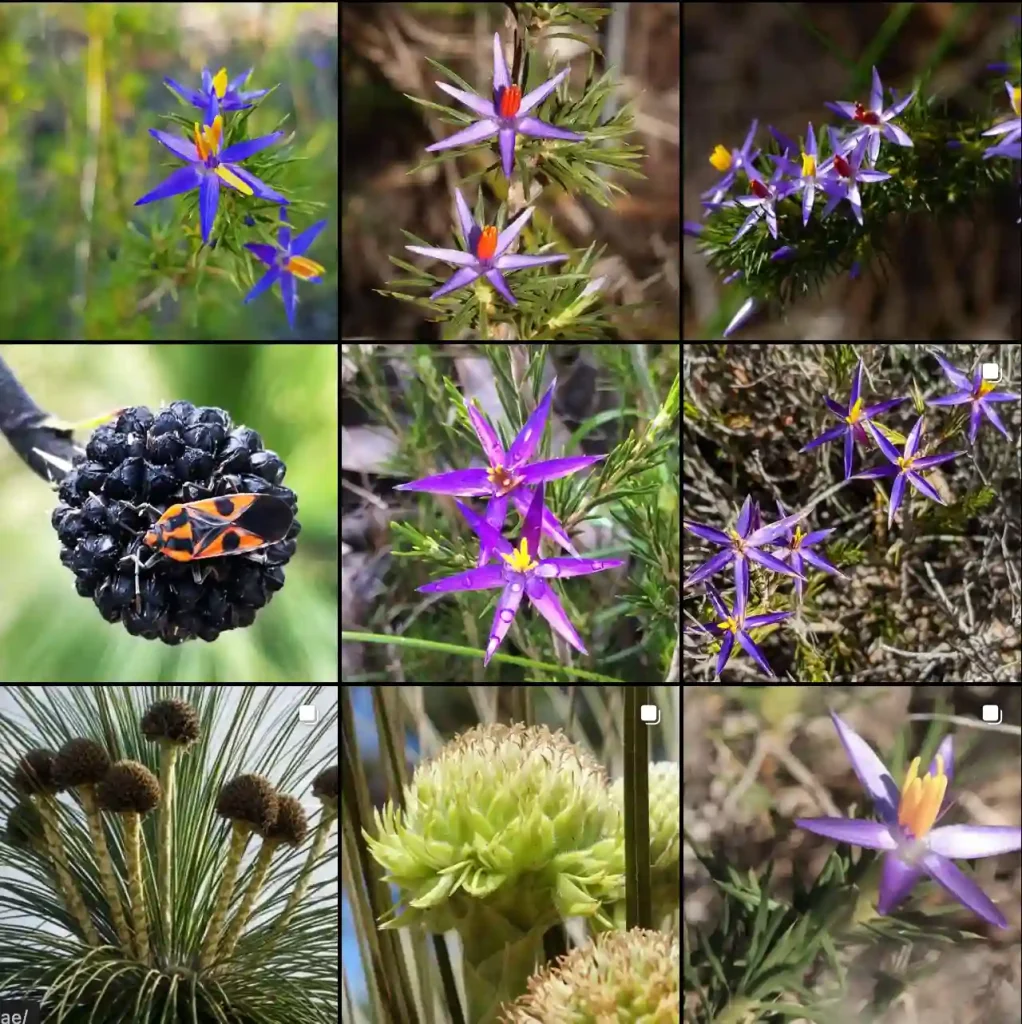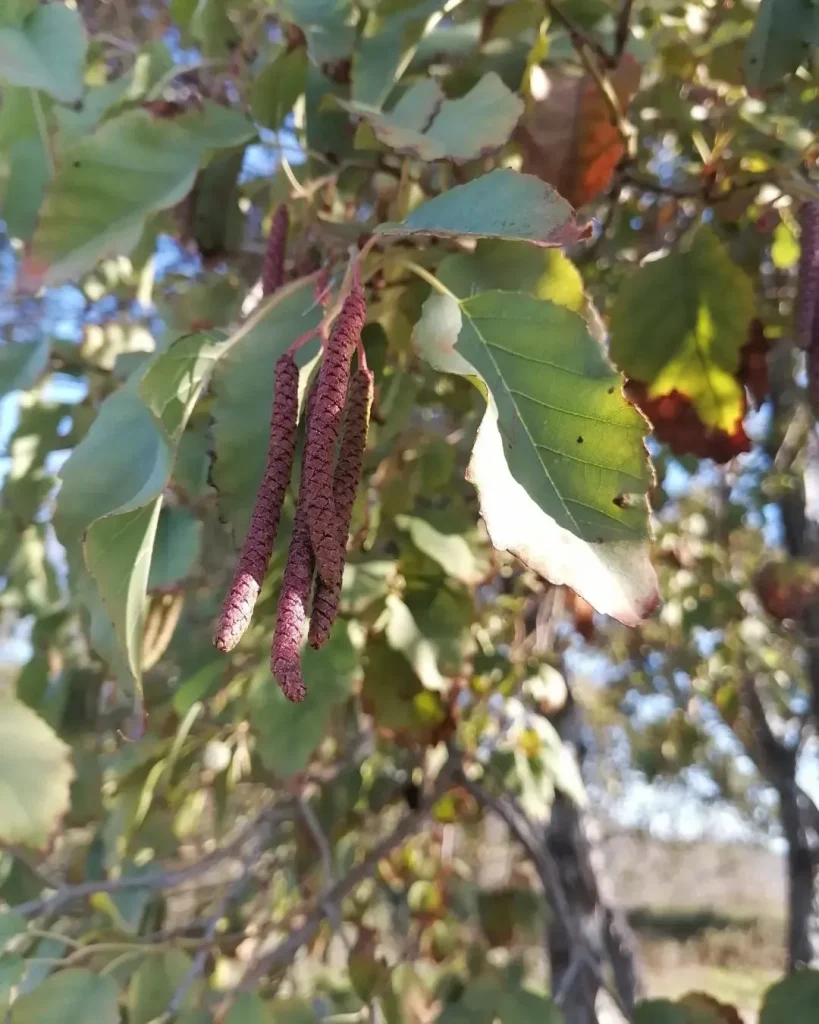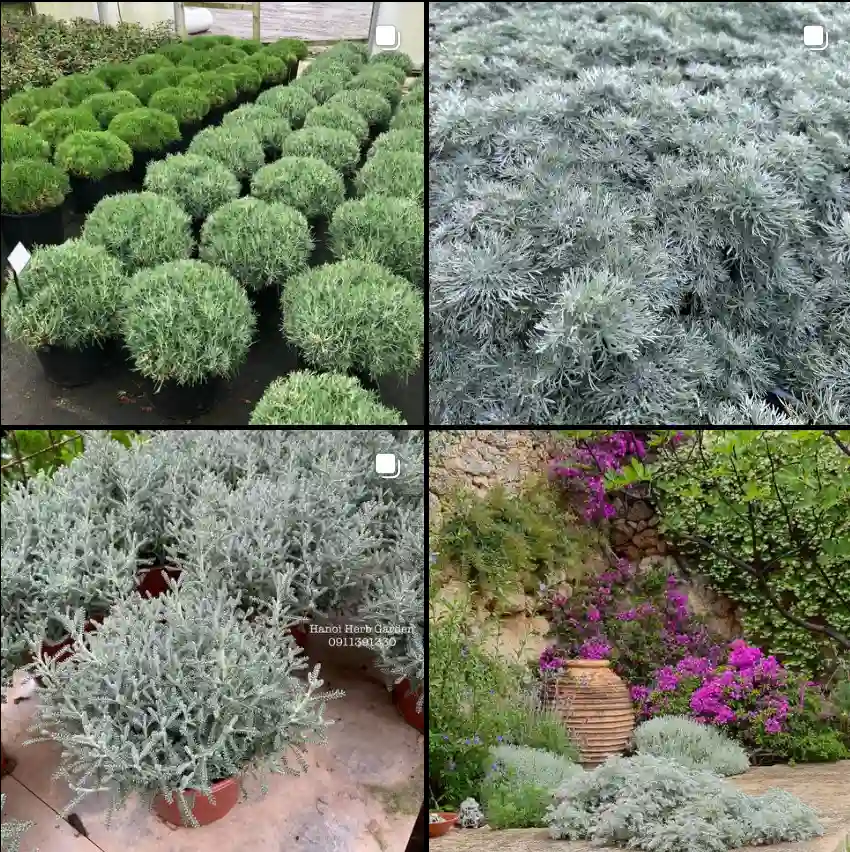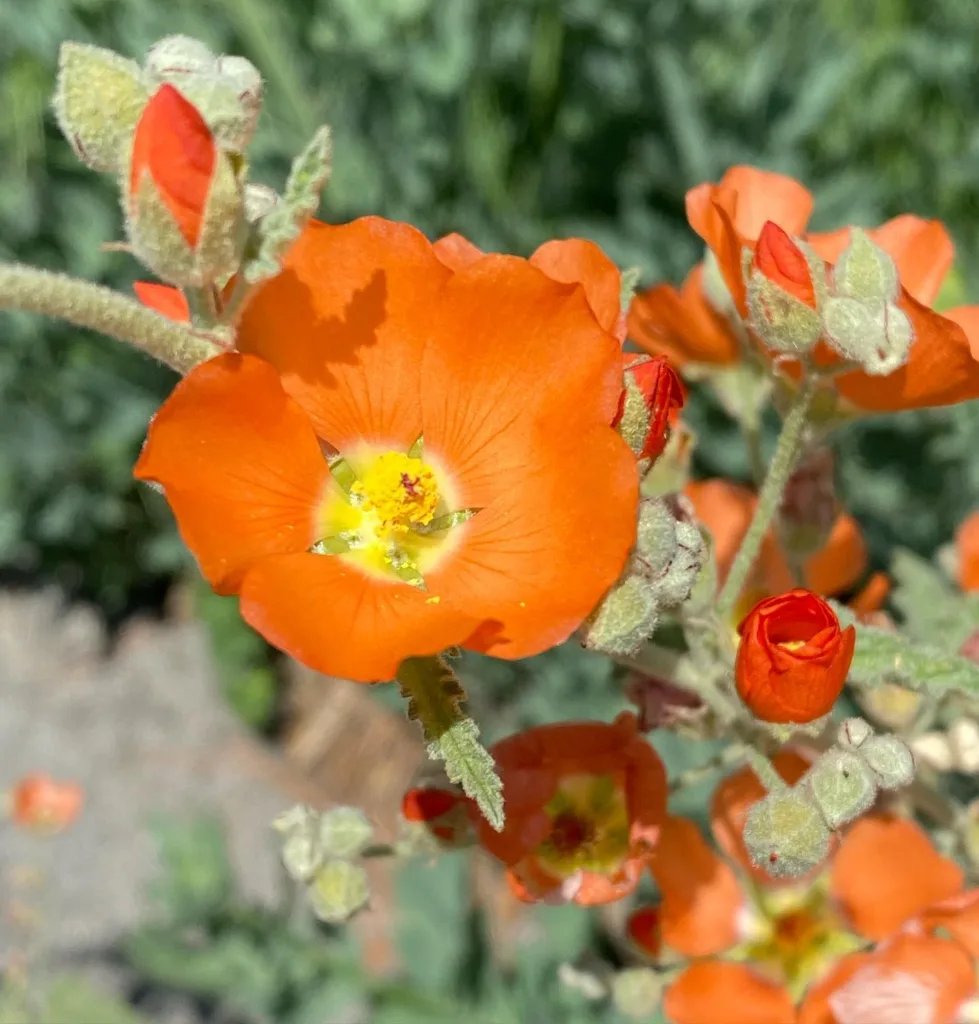The Fever Tree: My Journey into the World of Cinchona
As a botanist, my life revolves around the intricate world of plants. Each leaf, each petal, each root system tells a story of resilience, adaptation, and the intricate dance of life. But among the countless species I’ve encountered, the genus Cinchona holds a special place in my heart. It’s not just the inherent beauty of these Andean trees that captivates me; it’s their profound connection to human history, their role in combating a disease that once held the world in its grip.
Cinchona, a member of the Rubiaceae family, is native to the cloud forests of the Andes. These trees, with their glossy evergreen leaves and panicles of delicate flowers, are a sight to behold. But their true value lies within their bark, which contains quinine, a potent alkaloid with antimalarial properties.
A Legacy of Healing
For centuries, malaria was a scourge upon humanity, causing debilitating fevers and countless deaths. The discovery of Cinchona’s medicinal properties was a turning point in our fight against this disease. The story, shrouded in a mix of fact and legend, speaks of indigenous communities in South America who utilized Cinchona bark to treat shivering ailments. This traditional knowledge eventually reached European shores, where it revolutionized medicine.
Quinine, extracted from Cinchona bark, became a cornerstone of malaria treatment. It was instrumental in allowing European colonization of tropical regions and saved countless lives during wartime. Even today, with the development of synthetic antimalarial drugs, quinine remains a vital tool, especially in treating resistant strains of malaria.
Diversity within the Genus
The genus Cinchona is remarkably diverse, encompassing over 25 recognized species. Some of the most notable include:
- Cinchona calisaya: Also known as the yellow bark tree, this species is native to Bolivia and Peru. It is a major source of quinine and was widely cultivated in the past.
- Cinchona officinalis: This species, often called the loxa bark tree, was one of the first to be used medicinally. It is native to Ecuador and Peru. Plant FAQs: Cinchona Officinalis
- Cinchona pubescens: Known as the red cinchona, this species is widespread in the Andes. It is adaptable and has been cultivated in various parts of the world.
- Cinchona anderssonii Maldonado
- Cinchona antioquiae L.Andersson
- Cinchona asperifolia Wedd.
- Cinchona barbacoensis H.Karst.
- Cinchona × boliviana Wedd.
- Cinchona capuli L.Andersson
- Cinchona fruticosa L.Andersson
- Cinchona glandulifera Ruiz & Pav.
- Cinchona hirsuta Ruiz & Pav.
- Cinchona krauseana L.Andersson
- Cinchona lancifolia Mutis
- Cinchona lucumifolia Pav. ex Lindl.
- Cinchona macrocalyx Pav. ex DC.
- Cinchona micrantha Ruiz & Pav.
- Cinchona mutisii Lamb.
- Cinchona nitida Ruiz & Pav.
- Cinchona parabolica Pav.
- Cinchona pitayensis (Wedd.) Wedd.
- Cinchona pyrifolia L.Andersson
- Cinchona rugosa Pav.
- Cinchona scrobiculata Bonpl.
- Cinchona villosa Pav. ex Lindl.
Beyond Quinine: Exploring New Frontiers
While quinine remains its most famous contribution, the genus Cinchona continues to be a source of fascination and potential. Researchers are exploring other alkaloids present in Cinchona bark for their medicinal properties. Some of these compounds show promise in treating ailments like:
- Cardiac arrhythmias: Quinidine, another alkaloid found in Cinchona, is used to regulate heart rhythm.
- Muscle cramps: Quinine is sometimes used to relieve leg cramps, though its effectiveness for this purpose is still under investigation.
- Autoimmune diseases: Some studies suggest that Cinchona alkaloids may have applications in treating conditions like lupus and rheumatoid arthritis.
The potential of Cinchona extends beyond medicine. Its bark is used in the production of tonic water, giving the beverage its characteristic bitter taste. And in the realm of botany, Cinchona serves as a valuable model for studying plant evolution and adaptation to challenging environments.
Conservation Concerns
Despite its historical significance and ongoing potential, Cinchona faces challenges. Overexploitation in the past, coupled with habitat loss due to deforestation, has threatened some species. Conservation efforts are crucial to ensuring the survival of these valuable trees. Sustainable harvesting practices, reforestation initiatives, and the establishment of protected areas are essential steps in preserving the legacy of Cinchona.
As I continue my journey through the world of plants, I am constantly reminded of the intricate connections between humans and the natural world. Cinchona stands as a powerful symbol of this connection, a testament to the healing power of nature and the importance of preserving our planet’s biodiversity. It is a reminder that the solutions to some of our greatest challenges may lie hidden within the leaves, bark, and roots of the plants that surround us.




